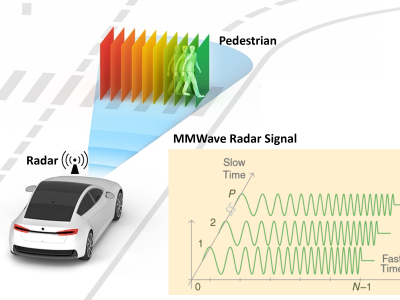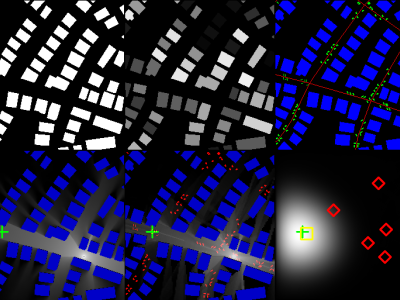Rate Adaptation Algorithm (RAA) Performance Simulation Results Dataset

- Citation Author(s):
-
Luhan Wang
- Submitted by:
- Luhan Wang
- Last updated:
- DOI:
- 10.21227/9p8p-5509
 53 views
53 views
- Categories:
- Keywords:
Abstract
The dataset accompanies the study titled “Rate Adaptation Algorithms in WLANs: A Comparative Analysis of Iwl-Mvm-Rs and Minstrel-HT Under Different Frame Error Causes.” This dataset contains simulation results that evaluate the performance of the Iwl-Mvm-Rs and Minstrel-HT Rate Adaptation Algorithms (RAAs) under varying frame error conditions, specifically low Signal-to-Noise Ratio (SNR) and collision-induced errors.
The data was generated using ns-3 simulations across four scenarios:
- Low SNR caused by path loss
- Low SNR due to multipath fading
- Collision-induced errors in high-density networks
- A mixed scenario with both low SNR and collision conditions.
Each scenario includes metrics such as throughput, frame error rate (FER), line rate selection, and response times, which facilitate a comprehensive comparison of the adaptability and efficiency of both algorithms under different frame error causes. This dataset provides valuable insights into how RAAs can be optimized for performance in modern high-density WLAN environments.
Instructions:
This dataset contains the results of experiments conducted to evaluate Rate Adaptation Algorithms (RAAs) under various network conditions in IEEE 802.11 WLAN environments. The dataset is organized by the experimental setup parameters, providing flexibility for users to analyze specific scenarios and configurations.
Directory Structure
The dataset is structured in nested folders, with each folder named according to the following experimental parameters:
- Experimental Scenario: The main folder categorizes data based on different scenarios (e.g., Low SNR, Collision-Induced Errors).
- Traffic Type: Subfolders specify the type of traffic used in the experiment (e.g., Video, VoIP).
- Aggregation Enabled: Folders indicate whether frame aggregation was enabled or disabled.
- Payload Size: Subfolders based on traffic payload size (e.g., 512 bytes, 1024 bytes).
- RAA Algorithm: Each setup contains a folder for the RAA algorithm tested (e.g., Iwl-Mvm-Rs, Minstrel-HT).
- AP-Client Distance: Subfolders further specify the distance between the access point and the client device (e.g., 5 meters, 10 meters).
- TX Power (dBm): Final folders specify the transmit power of the sending device.
Within each subfolder, the experimental results are stored as .txt files, with each file representing a specific configuration and containing detailed results for that setup.
File Format
Each .txt file contains multiple columns representing various metrics recorded during the experiment:
- Column Definitions:
- 0: Time (seconds)
- 1: Transmitter ID
- 2: Receiver ID
- 3: Packet Size (bytes)
- 4: Data Rate (Mbps)
- 5: Protocol
- 6: Subtype
- 7: Retry Count
- 8: Channel
- 9: Area (Coverage Area)
- 10: UL (Uplink Throughput in Mbps)
- 11: DL (Downlink Throughput in Mbps)
- 12: Runtime (seconds)







